If you're planning to buy a CNC router for the first time, the variety of options available might confuse you in finding the right one. There is a huge choice of CNC router, whether it's at hobby level or for work in a workshop or factory. The more you search, the more you'll discover a wealth of offers and models. The same applies if you set out to find a professional milling machine. How to find your way through all these offers? How to choose? And more importantly, what should you look out for when you're not a specialist in the field? From this position, that of the non-specialist buyer, I have tried to find answers to these questions.
What is a professional CNC router
The CNC (Computer Numerical Control) router is a computer-controlled wood or wood-derivative machining machine used to make precise and complex 2D and 3D shapes. The computer program transmits electronic signals to the motor and thus the mechanical system is driven. In this way, the machining is done very accurately and can be reproduced identically, resulting in very high quality products. The versatility of this machine is one of its strengths, as it can perform engraving, cutting, milling, carving and drilling operations. In addition, the productivity of such a machine is much higher than that of a mechanical one.
The router's computer coordinates the movements of the mechanical system in the 3 Cartesian directions x, y and z. Specifically, x coordinates the forward-backward movement, y is responsible for the left-right movement and z for the up-down movement. The result is a 3D image of the machined part. There are also more advanced machines that have 4-axis movements - the fourth being rotation - and even 5-axis movements. These machines are very efficient in that they work on all axes in unison, giving the machine the ability to carve complex shapes.
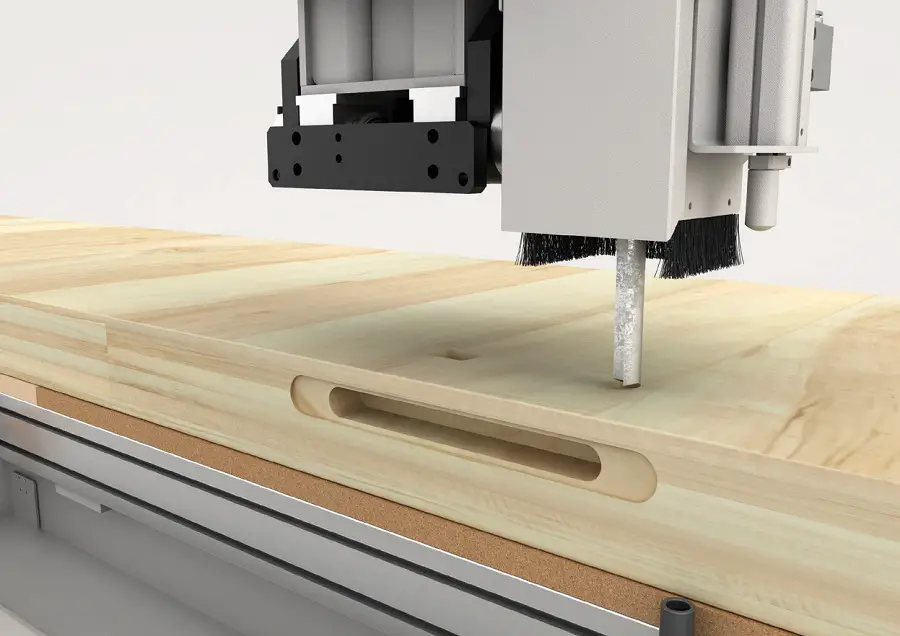
What are the main features to consider when thinking about getting a CNC router?
There's no doubt it's a machine you can do amazing work with, but which option is right for you? We saw above that there are machines that work on 3, 4 or even 5 axes. You need to know very well what you want to do with the machine, what kind of work you are going to use it for and how complex the design will be you want to get. Another aspect is also the size of the parts to be machinedbut also operating rhythm, occasionally or for production purposes with frequent use. If you're happy with the 3 axles, there's no point in throwing money away on a 4-axle, just at the thought that you might need one some day. At the speed at which new machines are coming out now, with ever better performance, it's better to buy the 4-axle when you need it.
In fact the first criterion you should be interested in is processing sizeand correlate this criterion with the available workspace. You're not going to buy one that processes 2-3m parts if you know you have nowhere to put it.
Machine structure is also important. If it is large it will process large and heavy parts. You'll need a rigid machine with as few joints as possible. Preferably ones made of cast metal.
Fixing parts to the tablecan be done mechanically, using clamps, or using vacuum sockets. The latter is easier, quicker and safer to fix, but this will be reflected in the price.
Fixing cutting tools can be made with a cone, with a tool magazine (inside the machine), or directly on the spindle, with elastic bushes. In the first case the tools are interchangeable and it is done automatically. In the second, the tool is changed manually, which takes longer, but the machine is cheaper.
Engine is the link between the computer and the mechanical part, in this case the machine spindle. There are stepper motors and servomotors. Stepper motors are cheaper. The more steps a motor has, the finer the processing. This number of steps represents the number of movements required to rotate the tool a full 360°. The more movements, the finer the cut.
Rotational speed of the shaft is important. Cutting is achieved by the rotational movement of the tool. The higher the rotational speed, the finer the cut. In general, the rotational speed of wood is between 8000 and 30000 rpm.
Other criteria you should consider when considering a CNC router are cooling system of the tool, linear guidance system (the one who moves the tool on the 3 axes), software that can be adapted to the machine.
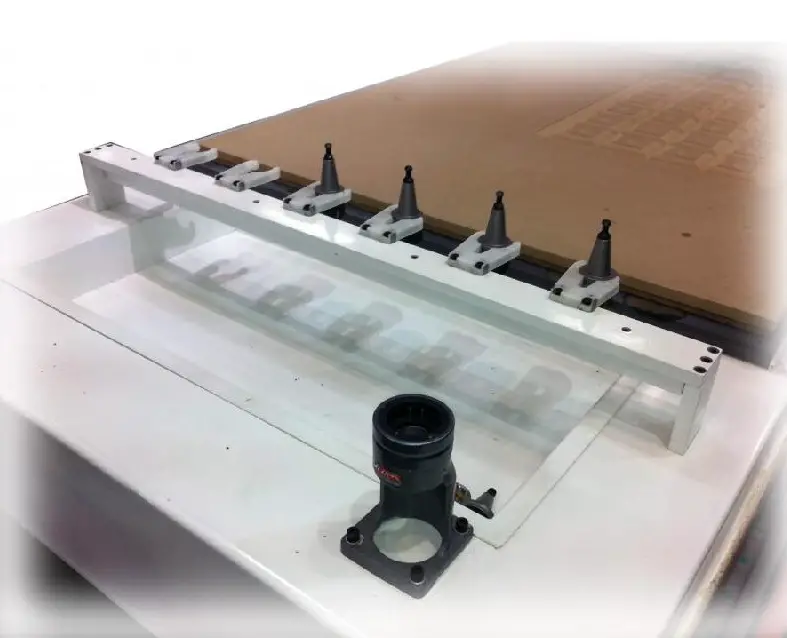
Where you buy from is very important.
This is a very important criterion. A known company is a guarantee for the quality of the equipment and service, so it is the best choice. Because not only the machine is important, but also the way you are helped with information, commissioning, explanations on operation and maintenance.
You need to establish a partnership relationship with the seller of such a machine. With such machines the price is not cheap, so you can't afford not to know where to turn if a problem arises. In addition, you may need spare parts over time and you need to know where you can get them and how soon you can get them.
CNC Router - 3-axis milling machine from Danibrum
And for illustration, I chose a 3-axis milling machine from Danibrum.
The 2030 is a 3-axis industrial CNC router that can machine large pieces of wood, chipboard or MDF. It is a solid steel machine with a 5.5 kW motor and 24000 rpm. The maximum workpiece size is 2 m/3 m, with 200 mm machining on the z-coordinate. It is compatible with a wide range of advanced software programs, has Mach3 command and control unit and desktop with 17 inch monitor.
But all this and more can be found in product datasheet. What I wanted to tell you is thatDanibrumcan provide you with all the information on the machine's features, operating mode, warranty and post-warranty, price and payment terms. It is a long-established machinery supplier on the market, about which you can certainly find references. In addition, you get rid of the fear that as soon as you buy the machine you have no one to talk to.
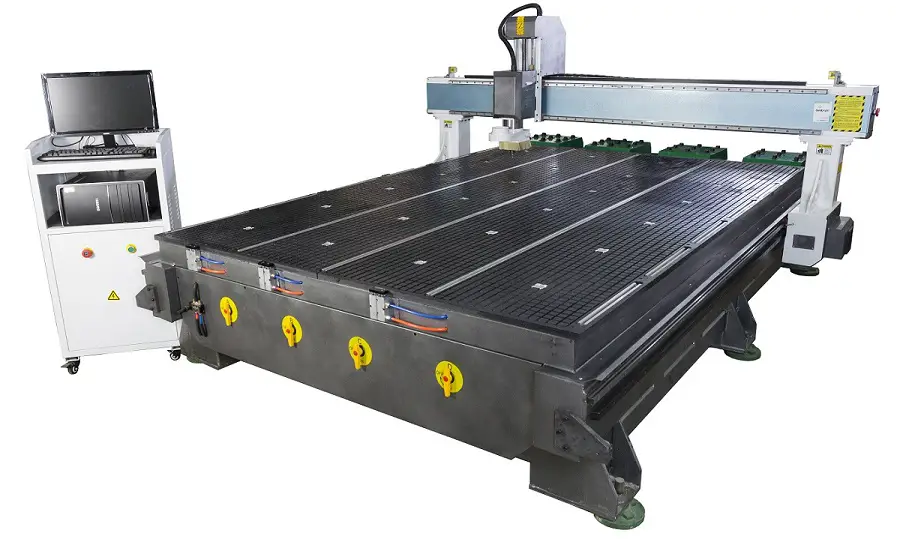
In conclusion, before you make a purchase, you should inform yourself. There are plenty of such sources of information both on domestic and foreign websites. Study the information from several places and compare them. Once you have educated yourself on what you want, talk to the supplier. Ask as many questions as you can, at the risk of being a pest. The more you know, the more sure you will be that you are choosing the right CNC. Good luck!




















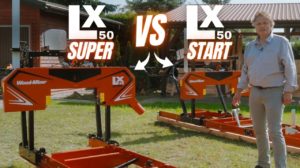

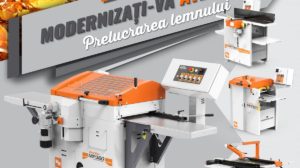

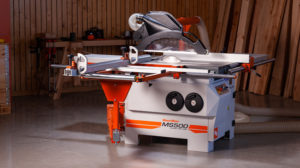
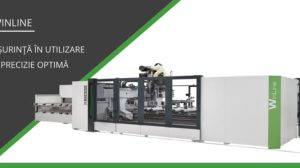
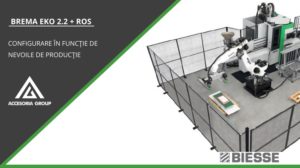
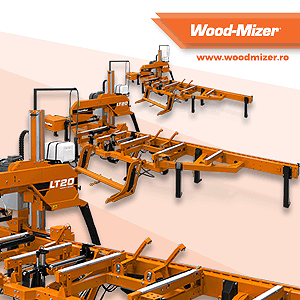

You have presented a 3-axis industrial CNC router that can machine large parts, but for a hobbyist what can you recommend?
We are looking forward to an article on this topic very soon. We also take advantage of the Expowood fair in Brasov to make the documentation as complete as possible.
All the best!
I am afraid that the number of steps of the 'stepper motor' does not represent the 360 degree rotation of the tool; it represents the feed rate of the moving assembly of the machine.